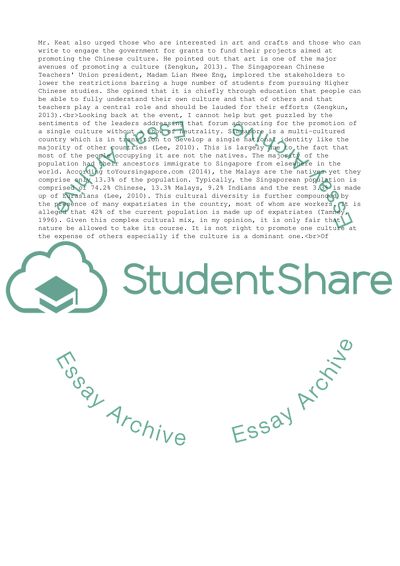Cite this document
(“Cross-Cultural Management Assignment Example | Topics and Well Written Essays - 1750 words”, n.d.)
Retrieved from https://studentshare.org/management/1632959-cross-cultural-management
Retrieved from https://studentshare.org/management/1632959-cross-cultural-management
(Cross-Cultural Management Assignment Example | Topics and Well Written Essays - 1750 Words)
https://studentshare.org/management/1632959-cross-cultural-management.
https://studentshare.org/management/1632959-cross-cultural-management.
“Cross-Cultural Management Assignment Example | Topics and Well Written Essays - 1750 Words”, n.d. https://studentshare.org/management/1632959-cross-cultural-management.


